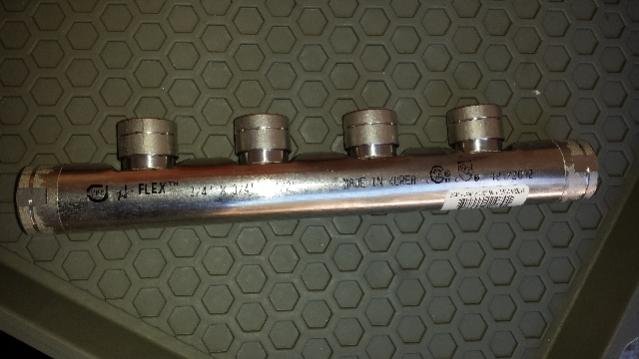AKFish
Veteran Member
I came across this stainless gas flex manifold with pipe thread fittings. I have a persistent air leak or other gravity siphon issue and was thinking of using this for new supply and return manifolds. They are ul listed but I'm sure it is for gas use. My plumber says if it is good for gaseous fuel then it is also ok for liquid fuel. This is ahead of the lift pump so it is not pressurized. I want to eliminate a bunch of brass fittings and use this for selector valves. Any thoughts?









